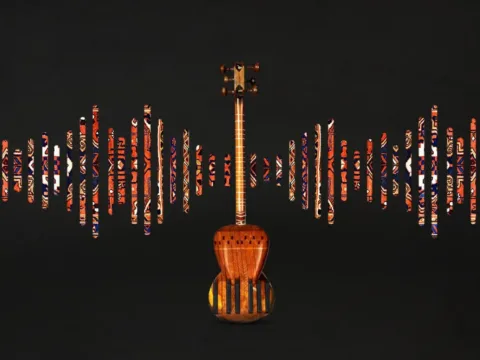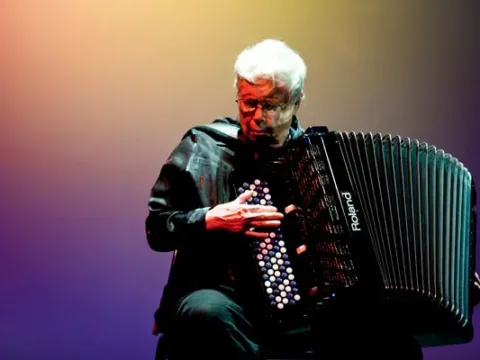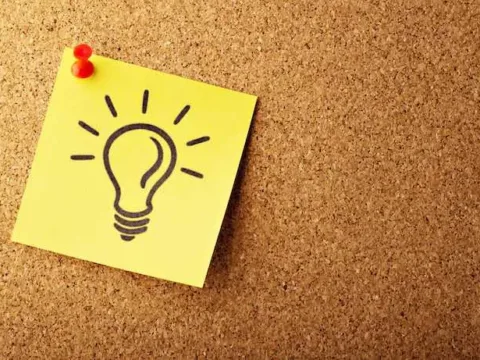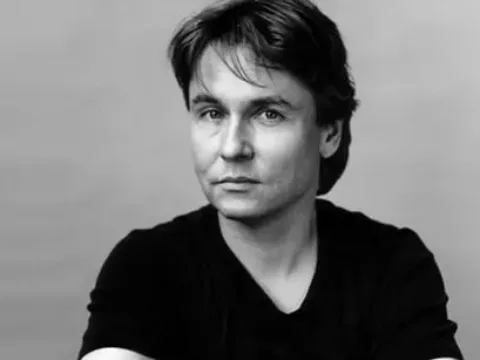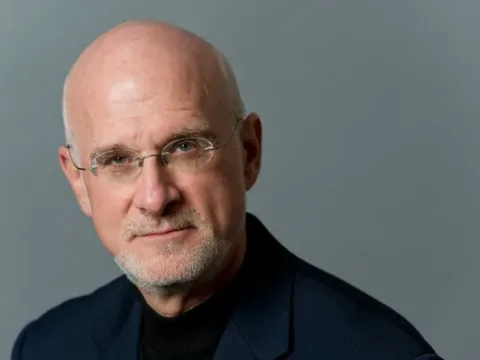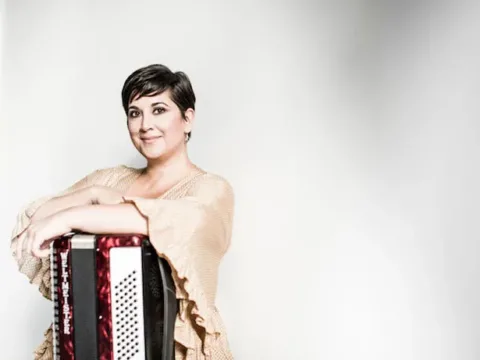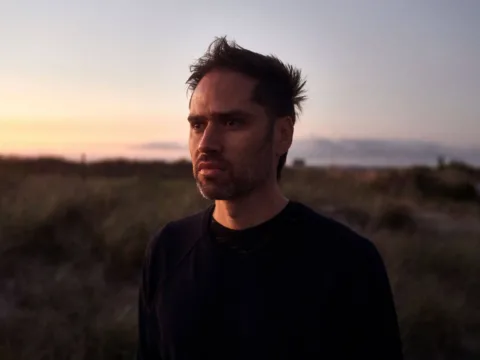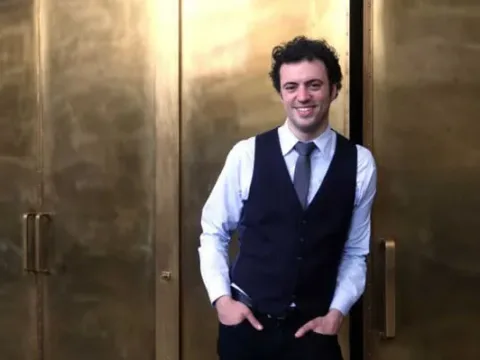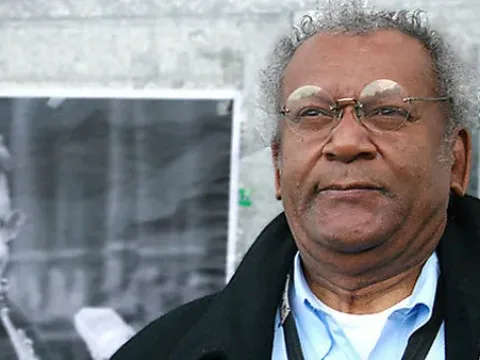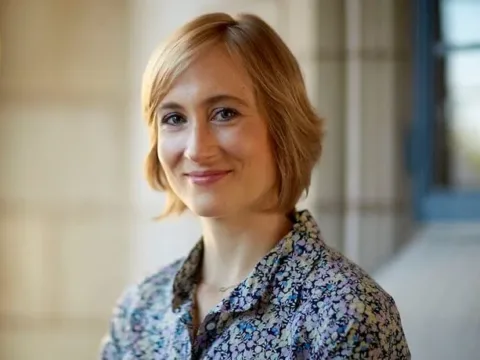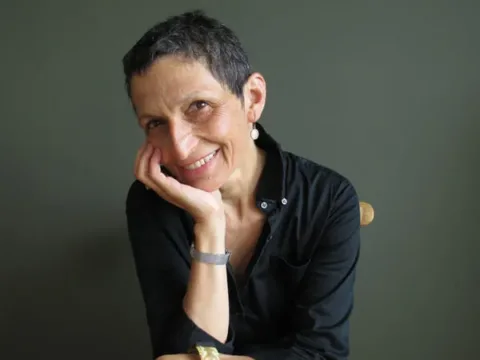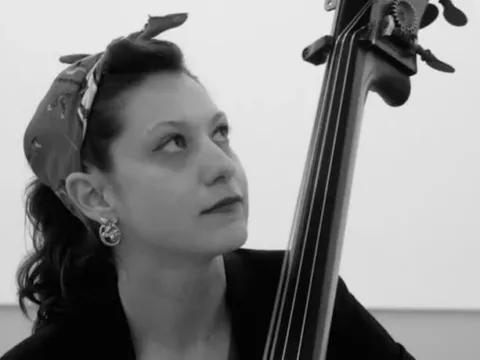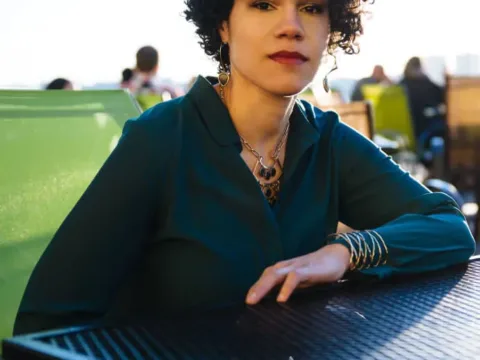I have been setting a lot of text to music recently, in order to finish the two song cycles that will be premiered on Sat. April 2nd at the Estonian House, in Manhattan. In parallel, I’m also setting the computer-generated poetry that I will use for my cantata, as well as a poem by Ella Wheeler Wilcox. All this to say that I’ve been in text setting mode for weeks now and I really enjoy the acute attention to text, pronunciation, meter, etc.
Back in December, Timo Andres wrote something really interesting on his blog:
One of the reasons most “art song” (for want of a better term) is unsatisfying to me is the dutiful teleology of it— here’s the poem, set it to music, and when you get to the end, you’re done. Poetic form is almost always different from musical form, and letting one dictate the other seems to me like a huge cop-out.
I can really see what he means, but it is currently what I find fascinating and relieving in text setting: the text provides another constraint (remember Igor? The more constraints one imposes, the more one frees one’s self…), and helps to shape the entire form of a song. Yes, it can seem like a huge cop-out, but for a less experienced composer this kind of suggestion of form is truly welcomed.
Beyond considerations of pure music writing, I am still very inspired by Peter Sellars’s approach to text/libretto:
“You collect all this material and at a certain moment passages start speaking with other passages, … A conversation that goes along with individual source material just takes off, and things start ricocheting and having surprising connections or counterbalances. You’re always looking for yin and yang so the drama thrives on contrasts and contradictions.”
This is what I tried to do at a microscopical level in my cantata, and will still try to do in the future (a postmodern drift?).
And for people that never dabbled at text setting, here is a sonnet by John Donne that was set both by Benjamin Britten and John Adams, 60 years apart. I like how different they sound and how differently they were read by the composers, and by read I mean that the text projected an entirely different sound image in the composer’s mind…
HOLY SONNETS.
XIV.
Batter my heart, three-person’d God ; for you
As yet but knock ; breathe, shine, and seek to mend ;
That I may rise, and stand, o’erthrow me, and bend
Your force, to break, blow, burn, and make me new.
I, like an usurp’d town, to another due,
Labour to admit you, but O, to no end.
Reason, your viceroy in me, me should defend,
But is captived, and proves weak or untrue.
Yet dearly I love you, and would be loved fain,
But am betroth’d unto your enemy ;
Divorce me, untie, or break that knot again,
Take me to you, imprison me, for I,
Except you enthrall me, never shall be free,
Nor ever chaste, except you ravish me.
Source:
Donne, John. Poems of John Donne. vol I.
E. K. Chambers, ed.
London: Lawrence & Bullen, 1896. 165.
httpv://www.youtube.com/watch?v=oBOv3EclVKA
Britten: Holy Sonnets of John Donne -No.II ” Batter my heart” (1945)
Paul Austin Kelly, tenor
Michael Recchiuti, piano
httpv://www.youtube.com/watch?v=uYiokai3FW4
John Adams: Doctor Atomic, end of Act I, “Batter, my heart” (2005)
Gerald Finley, baritone
What does text setting mean for you? A cop-out? A chore? The only music you’d ever want to write? Feel free to react in the comments section, or find me on Twitter: @tonalfreak.
